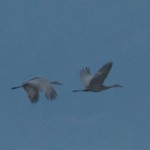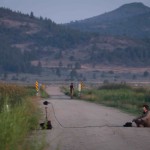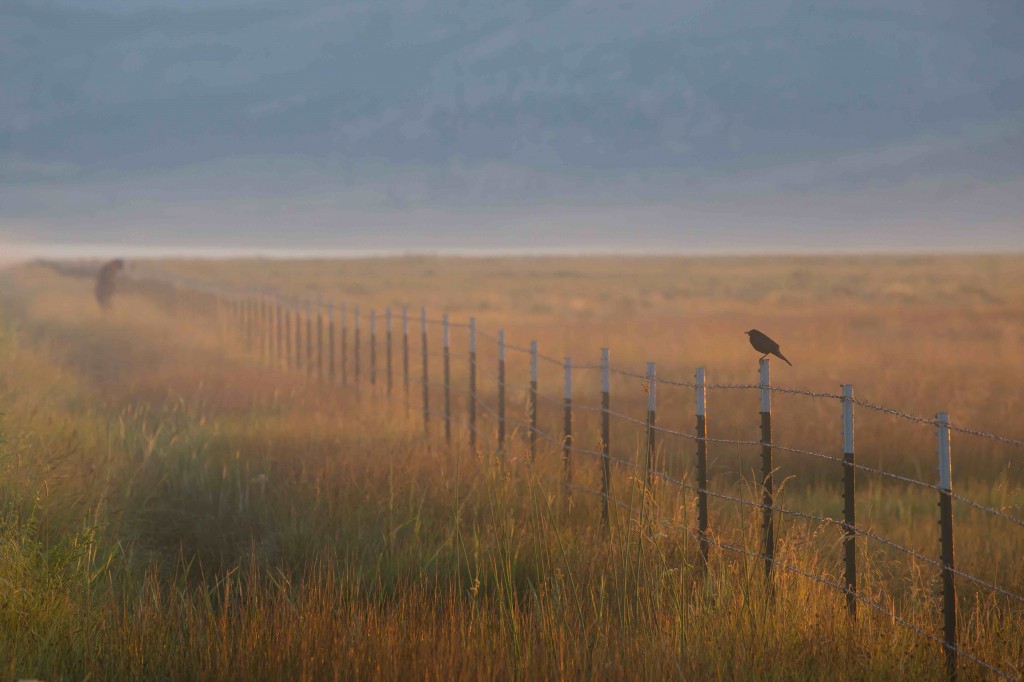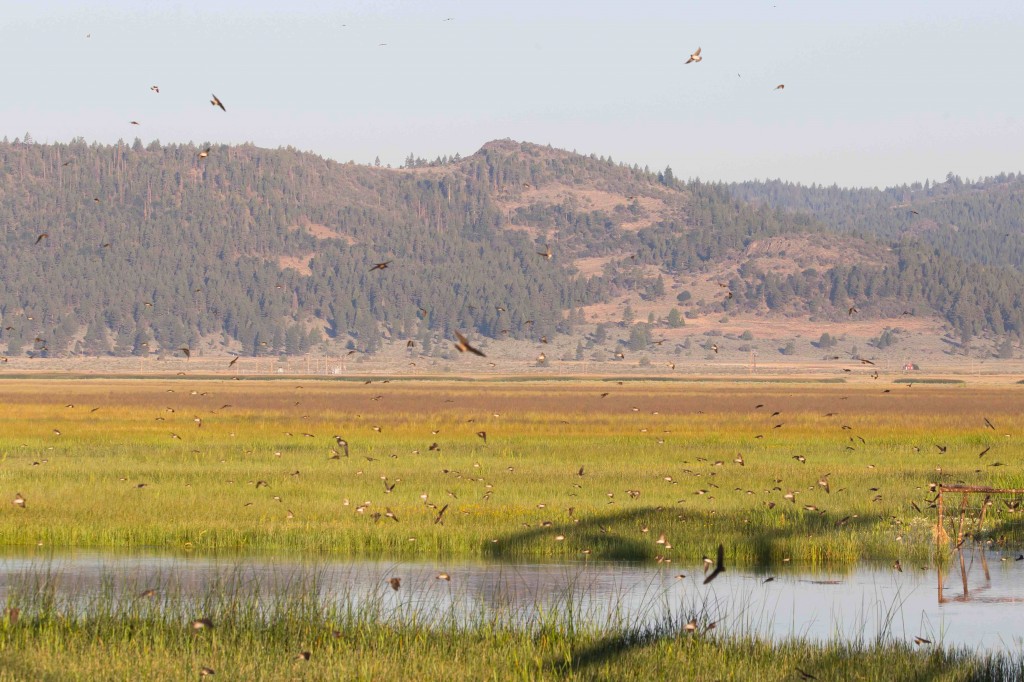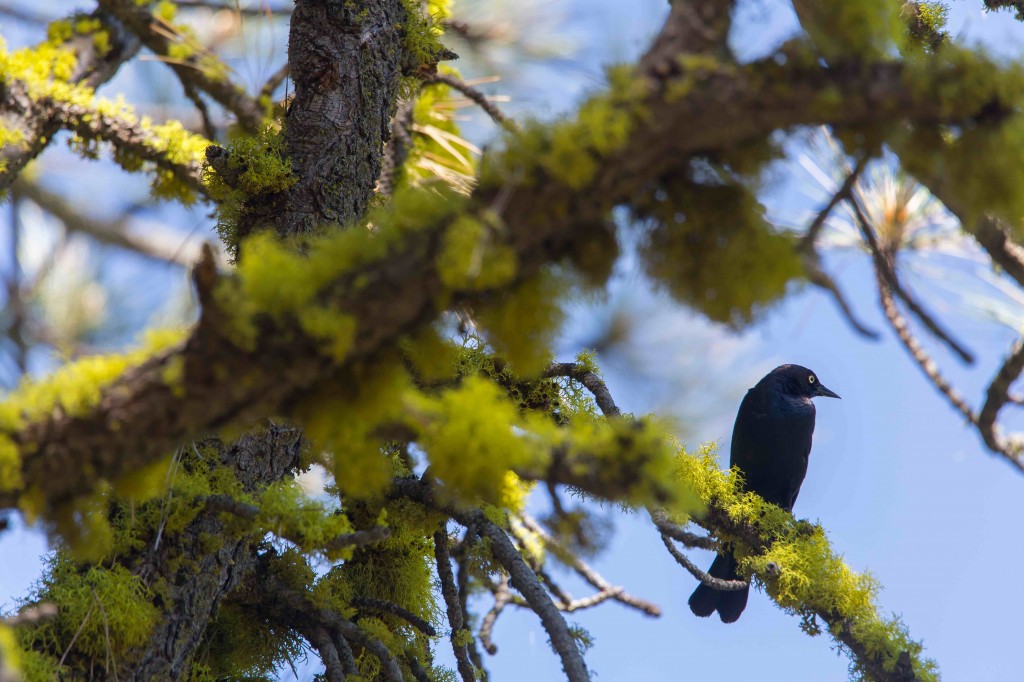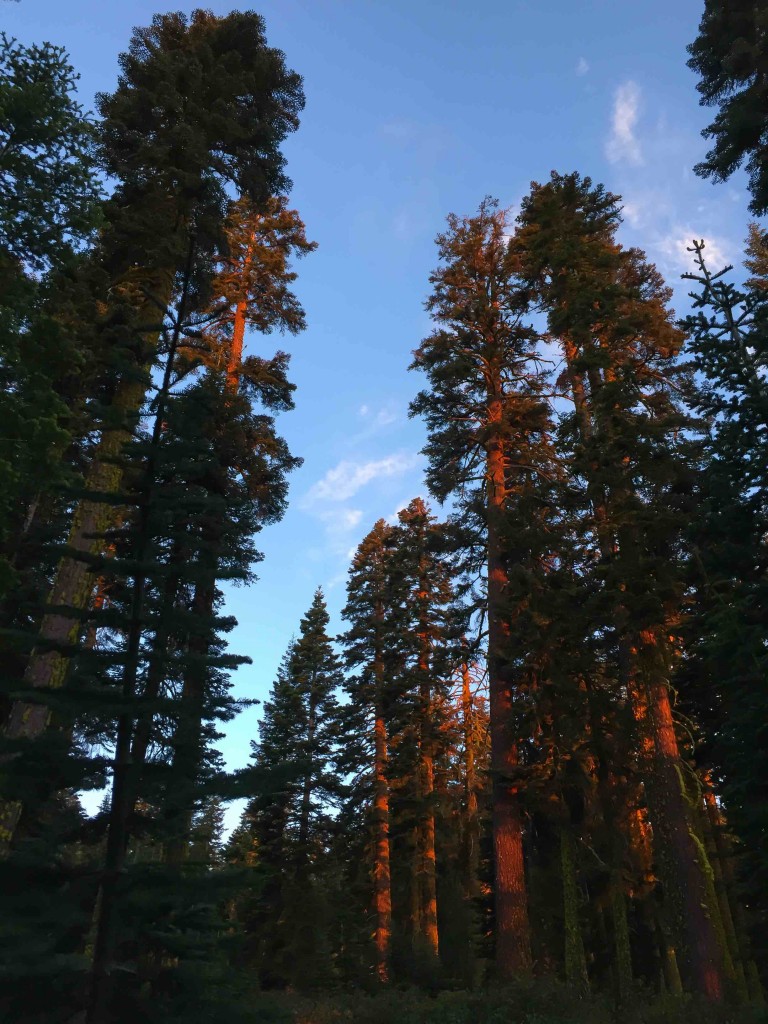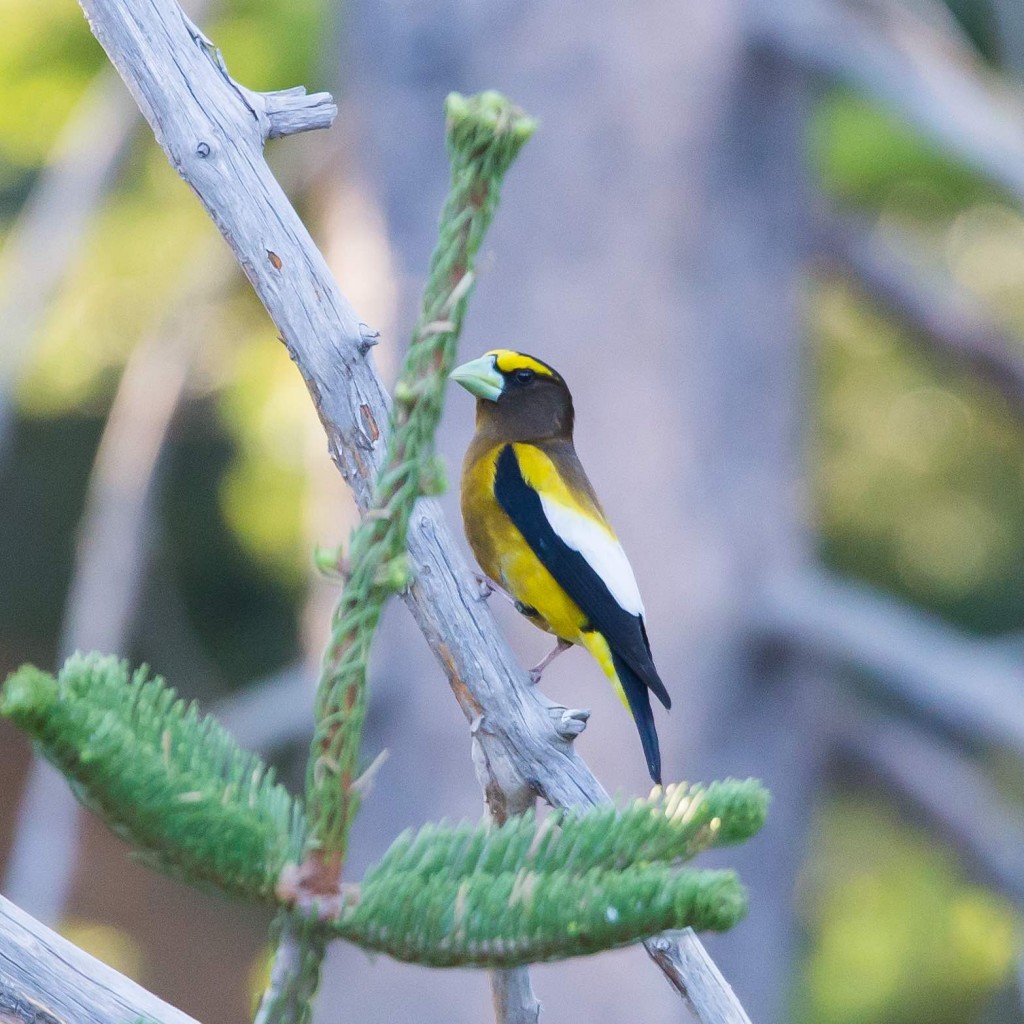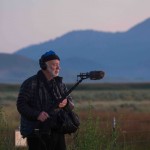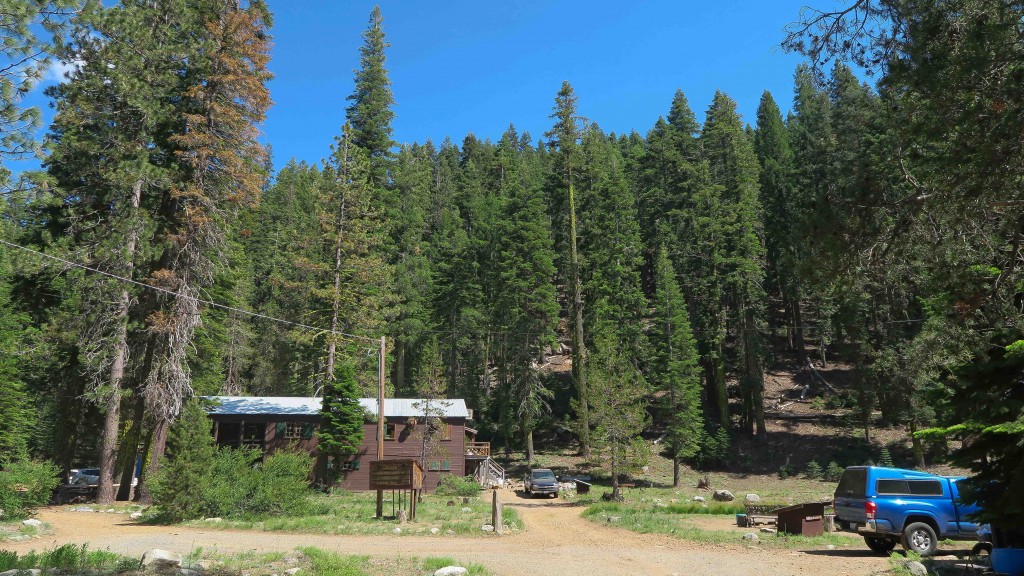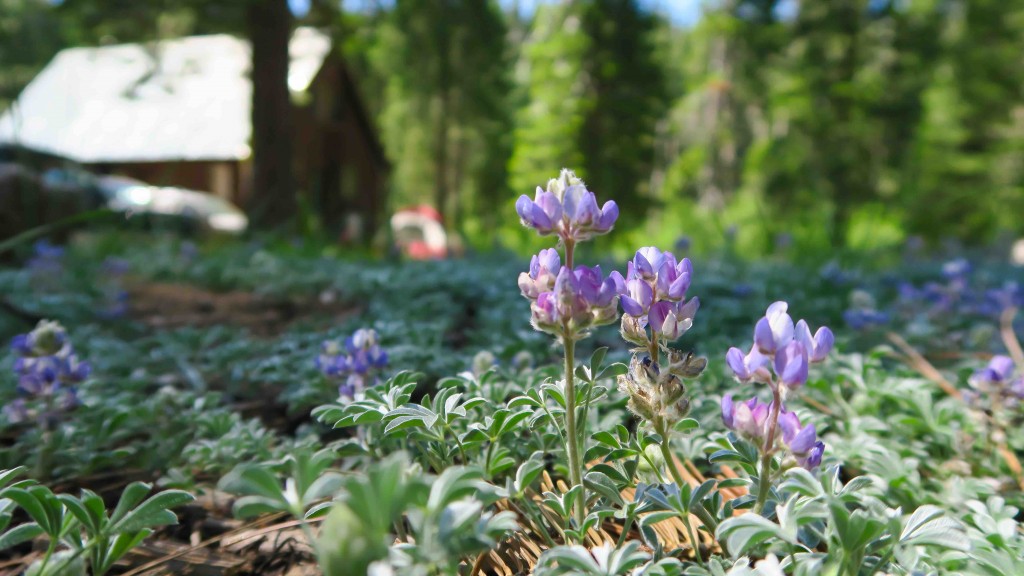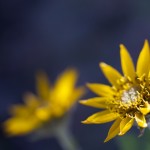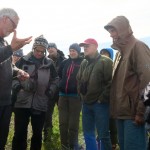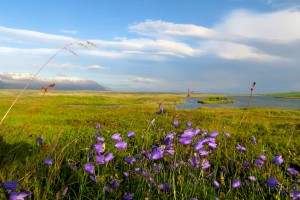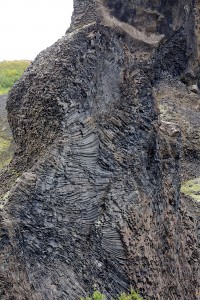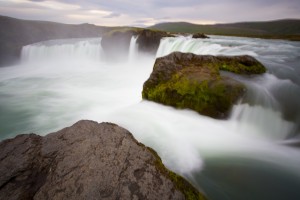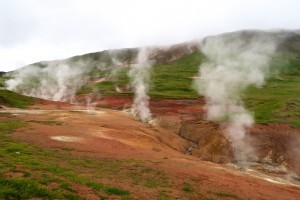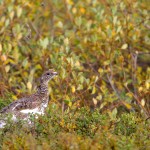Of course, the biggest part of the workshop was getting out to appreciate nature sounds! We were fortunate to have great weather for the morning recording sessions- the heat didn’t really take over until late morning when we were mostly done. For more about the sessions at the field station, check out Part 1.
The first full day saw us waking up at 2:45AM to drive from the field station to Sierra Valley on the other side of the pass. Our caravan parked along a gravel road in a marshy area at about “nautical twilight”- that time before sunrise when the sky lightens enough to accurately discern the horizon line. We spread out along the road as the eerie pulsing “winnow” of Wilson’s snipe sounded out of the darkness. Gradually the sky became lighter, and we were treated to a whole range of sounds including bullfrogs, sandhill cranes, 3 kinds of blackbirds, meadowlarks, cows, and one of the most powerful and prolonged coyote chorus that I’ve ever heard. I can only speak for myself, but it took every ounce of restraint not ruin 18 people’s sound recordings by yelling “Holy crap that was amazing!” (we were specifically warned not to do this the night before)
Our next stop was a one-lane bridge a little farther up the road. The bridge hosts a large colony of cliff swallows, so we were treated to the sights and sounds of hundreds of swallows darting and wheeling around us.
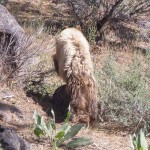 After a quick stop to eat (coffee, breakfast sandwiches, fruit, homemade muffins and granola- the organizers spared no effort to keep us happy and powered up!), we headed to a forest meadow site called Carmen Valley. It was getting hot and summer insect sounds started to replace bird vocalizations before too long, although we did see some of the typical Sierra Nevada birds like White-headed Woodpecker, Lincoln Sparrow, and Mountain Chickadee. Most exciting was surprising a young bear with unusually blonde fur. The bear was definitely more scared of us than we were of it.
After a quick stop to eat (coffee, breakfast sandwiches, fruit, homemade muffins and granola- the organizers spared no effort to keep us happy and powered up!), we headed to a forest meadow site called Carmen Valley. It was getting hot and summer insect sounds started to replace bird vocalizations before too long, although we did see some of the typical Sierra Nevada birds like White-headed Woodpecker, Lincoln Sparrow, and Mountain Chickadee. Most exciting was surprising a young bear with unusually blonde fur. The bear was definitely more scared of us than we were of it.
The next morning we woke up at the leisurely hour of 3:15 AM to check out the dawn chorus at the Yuba Pass summit just a few miles up the road from the field station. The mosquitoes finally found us up here, but even so, it was well worth it to hear the forest come alive. There’s not much that beats hearing the ethereal flute-like song of hermit thrushes in a towering forest or the sounds of a sapsucker’s drumming echoing among the trunks. It was also a treat to see several flocks of Evening Grosbeaks along the side of the road.
Beautiful scenery, great wildlife, and intellectual and aesthetic stimulation. What could be better than that! I definitely hope to return one day, and would recommend others with similar interests in nature sounds and soundscapes to check out the Nature Sounds Society and the field recording workshop in particular.

